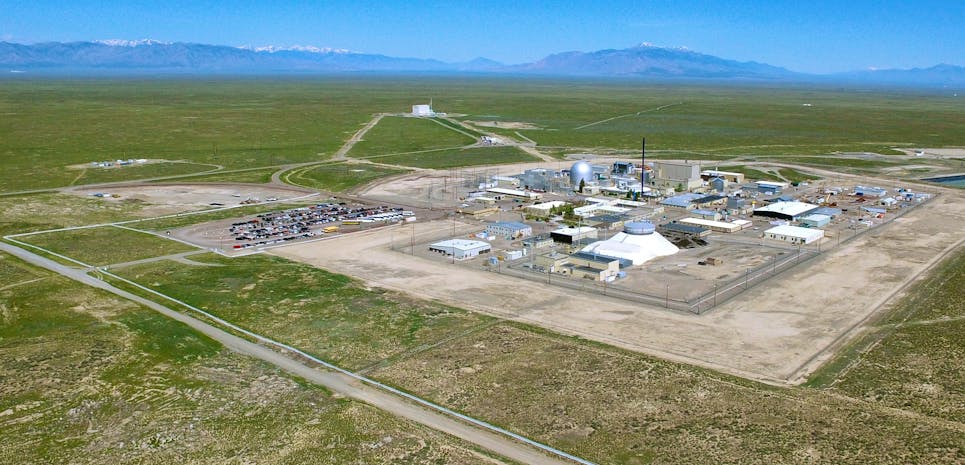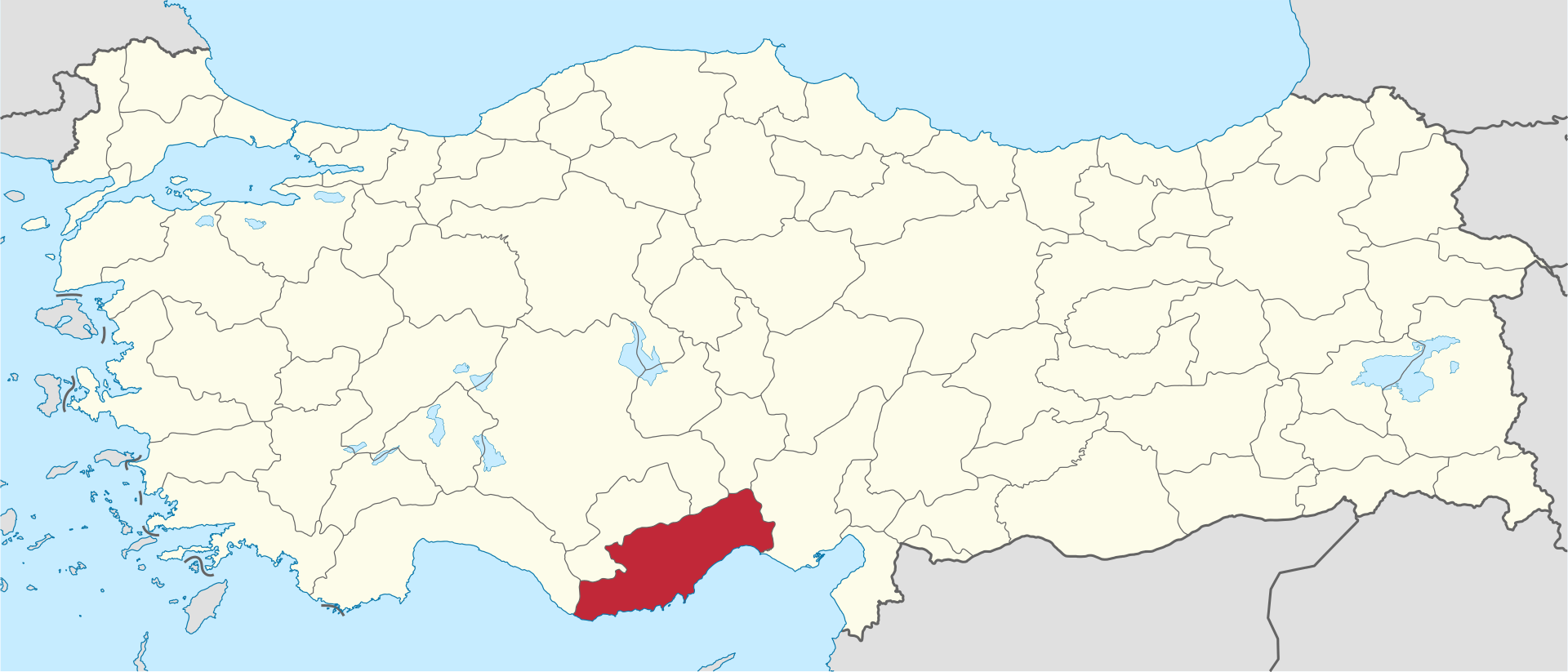Workers at the Hanford Site’s WTP unload a tanker truck carrying sodium hydroxide. (Photo: DOE)
Workers at the Department of Energy’s Hanford Site in Washington state recently unloaded a shipment of more than 10,000 gallons of sodium hydroxide delivered to the site’s Waste Treatment and Immobilization Plant (WTP). The liquid sodium hydroxide will be the first chemical fed into the plant’s melters to simulate Hanford’s radioactive and chemical tank waste.
SiGA woven silicon carbide nuclear fuel cladding. (Photo: DOE)
Because of its hardness and its hardiness in the face of high temperatures, silicon carbide has been used for industrial purposes for decades. It has proven its worth as a key component of tiny TRISO fuel particles. But SiC has a weakness—in its pure form it is too brittle for use in structural components, such as 12-foot-long light water reactor fuel cladding tubes.
The radiochemistry laboratory, nicknamed the McCluskey Room, in the Hanford Site’s Plutonium Finishing Plant is where Harold McCluskey was contaminated in 1976, and where workers reentered more than 40 years later to clean up the mess left over from that accident. Health physics technician Clay Rowan is shown here taking radiological measurements near racks of glove boxes similar to one that exploded onto McCluskey. (Photo: DOE)
In 1976 at the Hanford Site in Washington state, a 64-year-old chemical operations technician named Harold McCluskey was working on columns filled with special exchange resins in a glove box at the Plutonium Finishing Plant.
The partially constructed Units 3 and 4 at Cernavoda nuclear plant in Romania. (Image: Nuclearelectrica)
The European Commission has issued a positive opinion on the technical and nuclear safety aspects of the construction of Units 3 and 4 at Cernavoda nuclear power plant in Romania.
Under the Euratom Treaty, nuclear project developers are required to notify the EC of planned investments and to demonstrate compliance with the highest nuclear safety standards.
A view of INL’s desert site. (Photo: INL)
Aalo reported last week that it has submitted a regulatory engagement plan to the Nuclear Regulatory Commission in “a huge step forward in getting regulatory approval for our Aalo-1 reactor.”
Average electricity price and the impact of the European electricity crisis. (a) and (b) The colormap shows the average day-ahead spot market price for each bidding zone before and during the European electricity crisis. (c) The colormap shows the ratio of the average price during and before the crisis. In some bidding zones, the prices increase up to a factor of almost six. (Image: AIP)
A statistical analysis of the factors behind the 2021–22 energy crisis in Europe is the subject of the article “Patterns and correlations in European electricity prices,” published in the journal Chaos: An Interdisciplinary Journal of Nonlinear Science. The study—conducted by researchers at the Institute for Energy and Climate Research at Forschungszentrum Jülich and the University of Cologne, both in Germany, and the Norwegian University of Life Sciences—describes reasons for the surge in energy prices that go beyond the commonly cited cause of Russia’s invasion of Ukraine.
Mersin Province (in red) in Turkey. (Image: TUBS)
While commissioning began earlier this year at Turkey’s first nuclear plant, new reports say the project is delayed by sanctions against Russia due to its military invasion of Ukraine.
An aerial photo of Three Mile Island nuclear power station. (Photo: Constellation)
Constellation Energy is in talks with the governor’s office and state legislators about funding to restart a unit at Three Mile Island nuclear plant, Reuters has reported. The ongoing talks have been described as “beyond preliminary” by two sources.
Ukraine's Zaporizhzhia nuclear power plant, prewar. (Photo: Energoatom)
An external radiation monitoring station was taken out by shelling and fire near the Zaporizhzhia nuclear plant in Ukraine the last week of June.
This brings the total to four of the plant’s 14 radiation monitoring sites that are out of commission, further reducing the effectiveness of its off-site capability to detect and measure any radioactive release during an emergency, said IAEA director general Rafael Mariano Grossi.
![]() Here is a recap of industry happenings from the recent past:
Here is a recap of industry happenings from the recent past:














